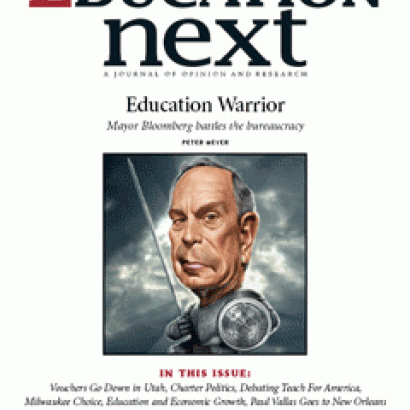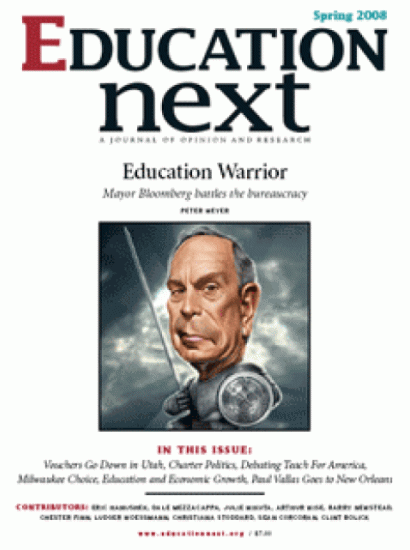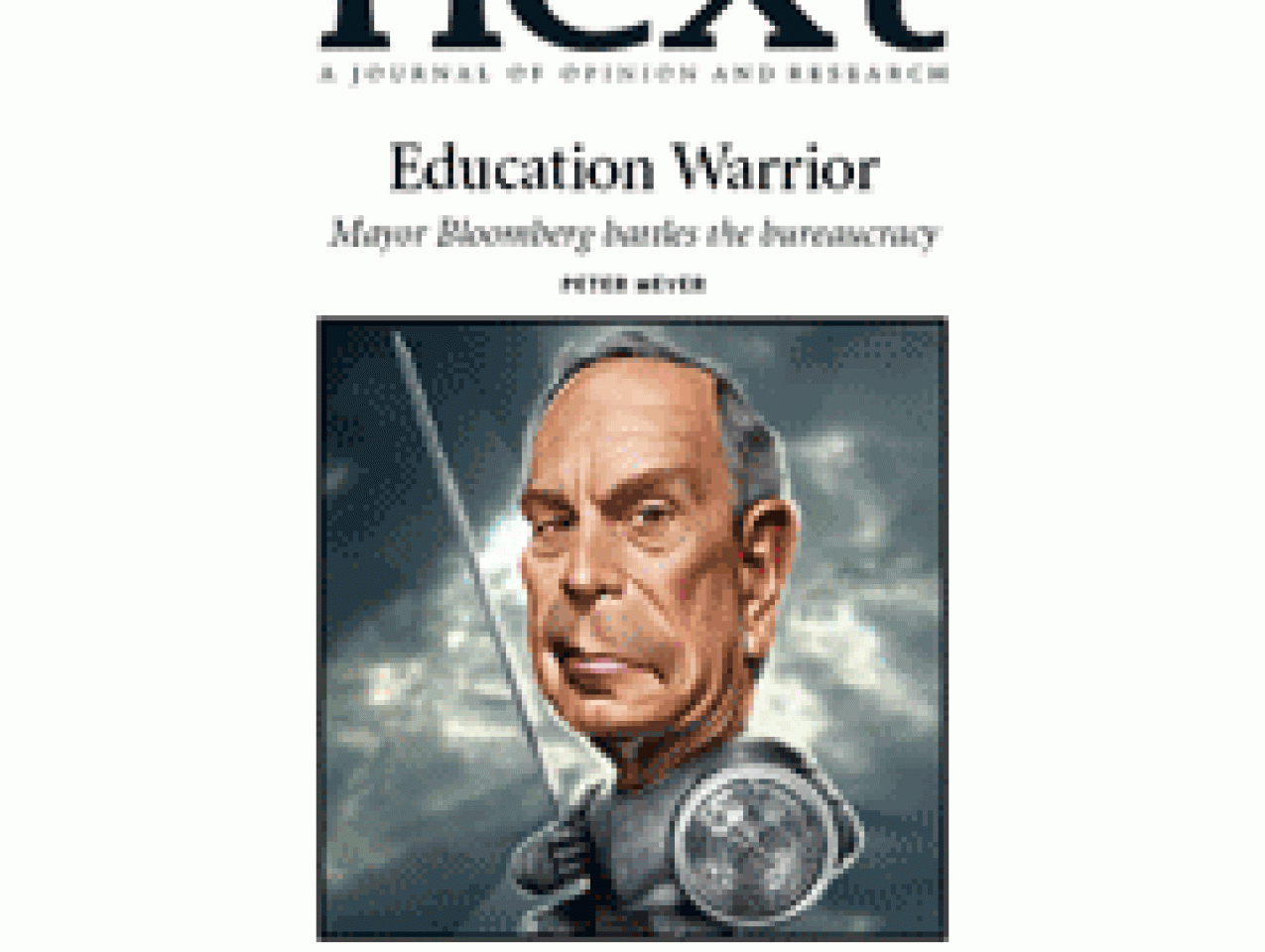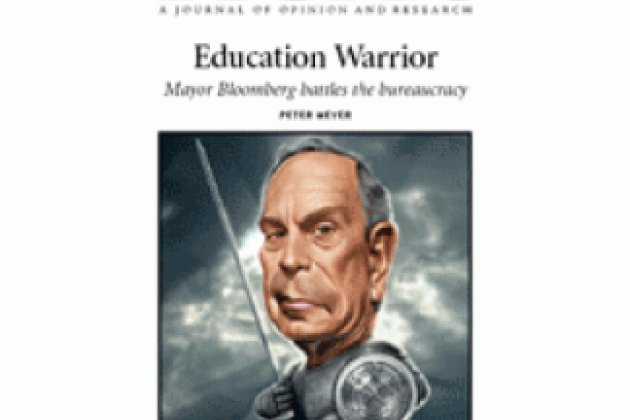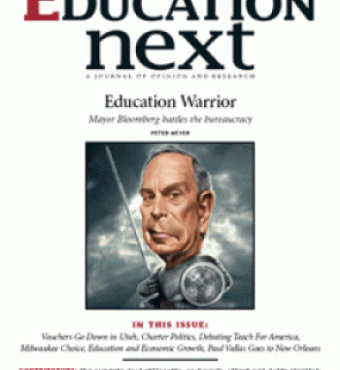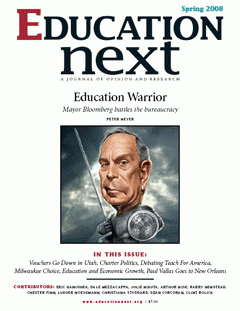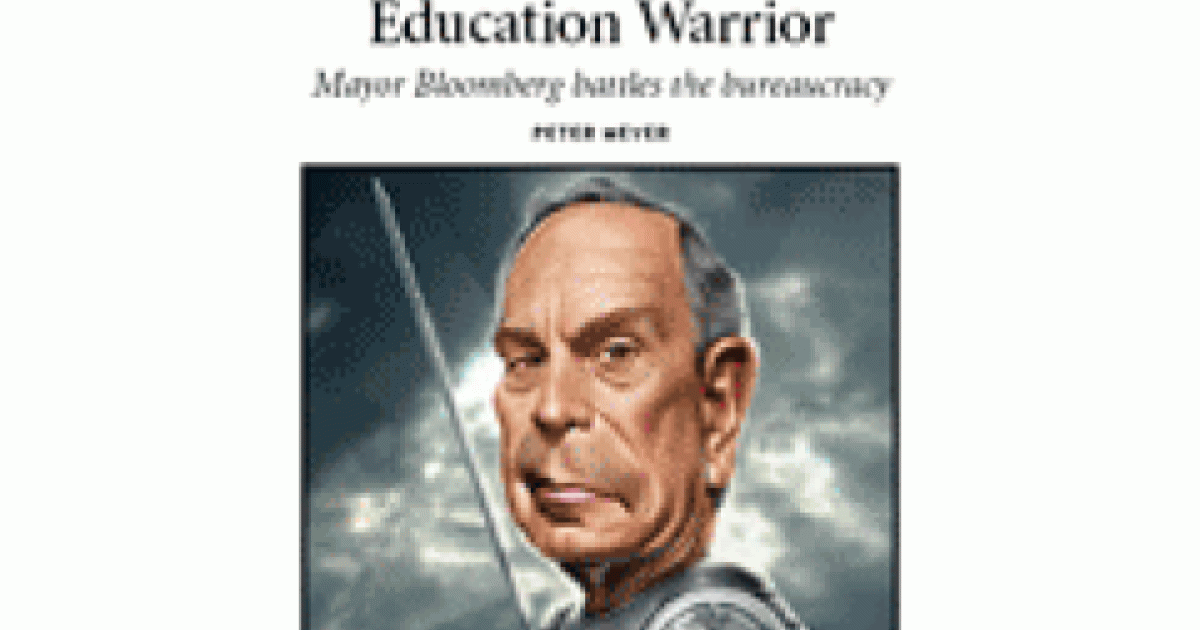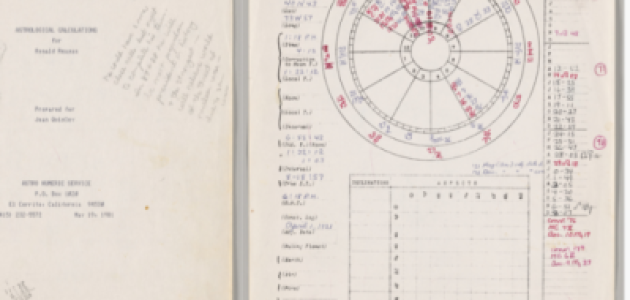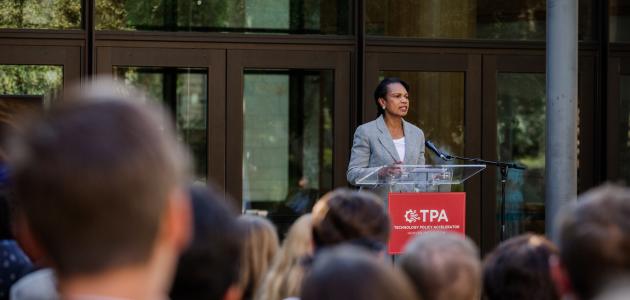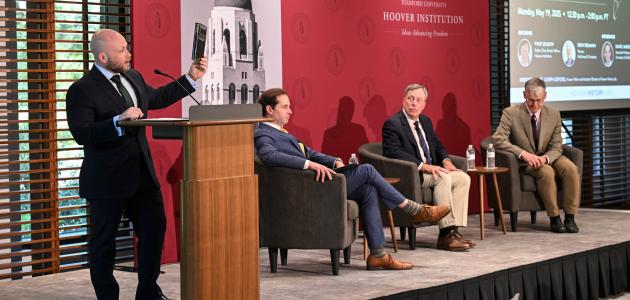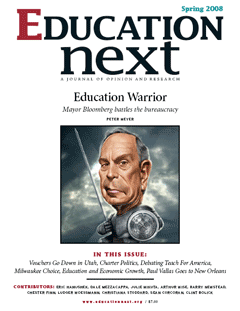
Do Americans have an accurate grasp of how much is currently being spent on public education? Not according to a recent analysis of national survey results by University of Chicago’s William Howell and Brown University’s Martin R. West published in the summer issue of Education Next. The average respondent surveyed in 2007 thought per pupil spending in their district was just $4,231 dollars, even though the actual average spending per pupil among districts was $10,377 in 2005 (the most recent year for which data are available).
Howell and West also found Americans think that teachers earn far less than is actually the case. On average, the public underestimated average teacher salaries in their own state by $14,370. The average estimate among survey respondents was $33,054, while average teacher salary nationally in 2005 was actually $47,602.
Almost 96 percent of the public underestimate either per-pupil spending in their districts or teacher salaries in their states.
Howell and West also looked at whether some citizens are better informed about education spending than others. In general, they found that the responses of men were closer to the truth than those of women, and that parents of school-aged children gave more accurate responses about teacher salaries. Homeowners also appeared to be much more responsive than other Americans to higher spending levels in their districts. In districts spending more than $10,000 per pupil, for example, the responses of homeowners were closer to actual spending levels than those of individuals who rented or lived with other families. Homeowners appeared better informed about teacher salaries too, offering responses that were $7,502 higher than non-homeowners’ responses.
However, the differences between all of these groups are dwarfed by the overall gap between the public’s perception of spending on education and the truth. Even homeowners, for example, were off by more than $5,000 on average for per-pupil spending and by more than $11,000 for teacher salaries.
Howell’s and West’s findings may shed light on the widespread public support for increased spending in public education. According to the 2007 Education Next-PEPG national survey of American attitudes on public education, Americans who support increased spending in their district outnumber those who want spending to decrease by a five-to-one margin. A majority (59 percent) believe that spending more on the public schools in their district will increase student learning.
“American’s strong support for education is to be applauded. However, it is also important that citizens make an effort to become more aware of exactly what is being spent on education in their own communities so that they can make well informed decisions,” say Howell and West.
Included in an extensive battery of survey questions in the Education Next-PEPG survey was the following: “Based on your best guess, what is the average amount of money spent each year for a child in public schools in your school district?” Half of the sample, randomly chosen, was offered a prompt to encourage them to consider the full range of costs associated with educating a child. These respondents were told that “Individual student costs go toward teacher and administrator salaries, building construction and maintenance, extracurricular activities, transportation, etc.”
Howell and West found that reminding people of the range of expenses school districts face did little to improve their assessments. Respondents who were given the prompt claimed, on average, that their districts spent $5,262 per pupil, about $1,000 more than the estimate of those who weren’t prompted, but still only 54 percent of the actual per-pupil spending levels in their districts. More than one-third of the sample still thought that their districts spend no more than $1,000 per student each year.
“Is the Price Right? Probing Americans’ Knowledge of School Spending” is now online at www.EducationNext.org.
William G. Howell is associate professor in the Harris School of Public Policy at the University of Chicago. Martin R. West is assistant professor of education at Brown University and an executive editor of Education Next.
Education Next is a scholarly journal published by the Hoover Institution that is committed to looking at hard facts about school reform. Other sponsoring institutions are the Harvard Program on Education Policy and Governance and the Thomas B. Fordham Foundation.







